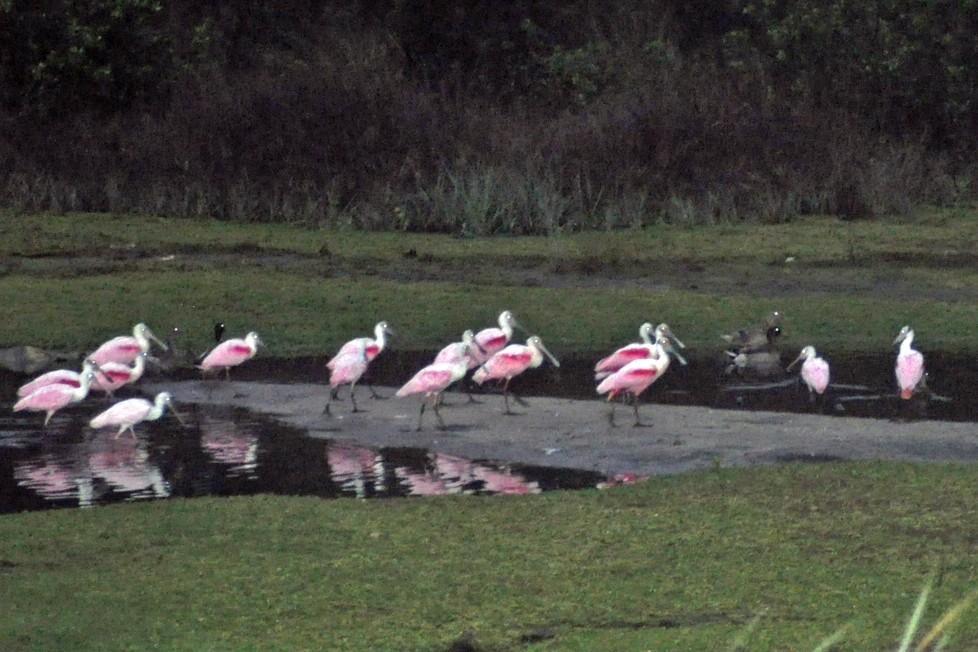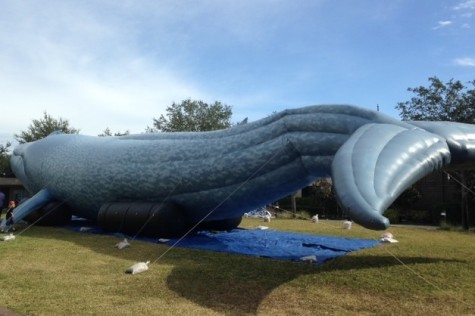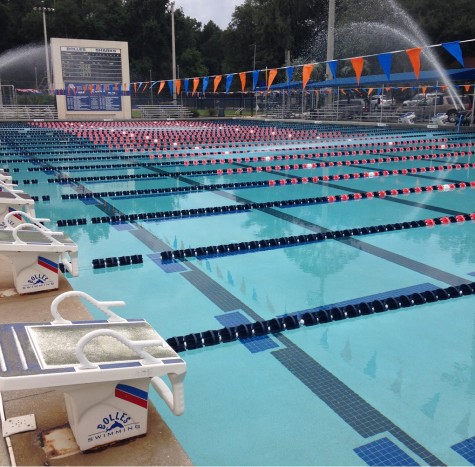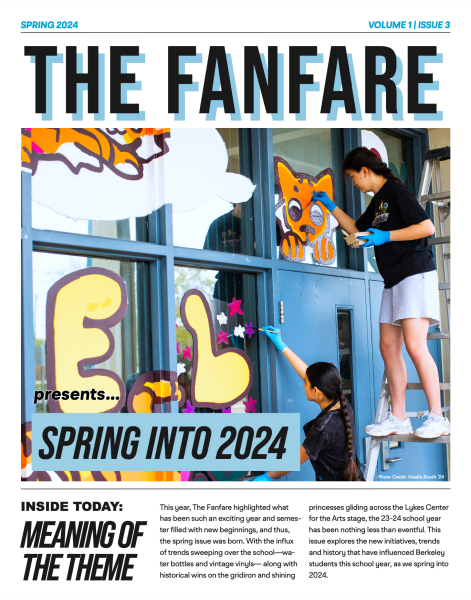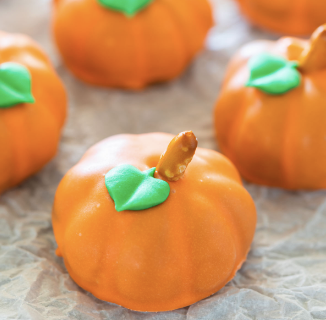Berkeley Houses Rich and Diverse Ecosystem
A flock of Roseate Spoonbills treks cross-campus.
It happens—a Berkeley student or faculty member is running late, thinking she might just make it on time, when suddenly she has to slam on her brakes: a family of ducks is waddling across Bray Road. Although exasperated, the driver is witnessing a facet of our campus’s rich ecosystem. Ducks are just one species making up the plethora of wildlife that shares our Berkeley home. From the magnificent bald eagle to the bright pink Roseate Spoonbill to the common housecat, the species on the Berkeley campus are diverse and plentiful, and all of them need our help to survive and thrive.
Berkeley students and faculty, especially those who use the Bray Road entrance, pass by many interesting species of wildlife daily. Wood storks are prevalent throughout the ponds by the student lots. Although these large, bald, white birds are currently on the Worldwide Endangered Species List, they are commonly seen wading through Berkeley’s marshes. They are present in large flocks, up to twenty, and are usually found with a vividly pink companion, the Roseate Spoonbill. Roseate Spoonbills may be mistaken for flamingoes, but they are quite distinctive because of their smaller size, green heads and rounded bills. (The fact that the closest native flamingoes live in Central and South America also makes it easier to distinguish the two species.)
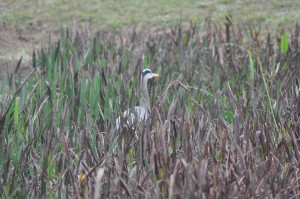
Other large species of birds can be found on campus as well. Great Blue Herons and Little Blue Herons can be seen stalking their meal in Berkeley ponds. Campus’ Tricolored Herons boast an interesting color pattern—a blend of indigo and maroon with occasional white markings. Additionally, Snowy Egrets tend to be in flight or resting on campus streetlights and trees.
Reptiles and mammals are also commonly sighted at Berkeley. Sophomores Henley Aloian and Morgan Alexander both reported seeing snakes on campus. Junior Lauren Tyler also spotted a “turtle in the parking lot.” Wild mammals like raccoons, opossums and squirrels have been seen lurking around the Berkeley campus, as well as domestic mammals like cats and dogs.
Upper Division Science teacher and Environmental Club sponsor Scott Kline described how Berkeley has done “a pretty good job of preserving the Sweetwater creek environment.” So far, landscapers have used “a lot of bushes and plants [that] are native to Florida,” and Kline would like to see this continue. He also notes plenty of areas in the woods where there is “not too much foot traffic.”

Kline has a few recommendations to continue protection of the Berkeley environment. He suggests forming a committee of teachers “to discuss possible educational ideas for the forested areas of Berkeley [and] to use the land in a sustainable, educational way.” Berkeley’s wonderful resource of the Sweetwater creek could be used for education which, according to Kline, would “not only benefit wildlife but teach [the] Berkeley community the importance of the natural environment.” Kline would also like to see a larger butterfly garden and some bird and bat houses to attract more wildlife, explaining that these could be community projects. The endeavors could be a unifying exercise for the Berkeley community while protecting important species like bats, which are chief pollinators and eat huge numbers of insects, reducing disease.
Hopefully our human community will continue to learn about and protect the many non-human creatures that also call Berkeley home.

Nicole is a junior who loves Scuba diving and everything about the ocean. She loves nature photography, playing with her dog, and math and science. When...


